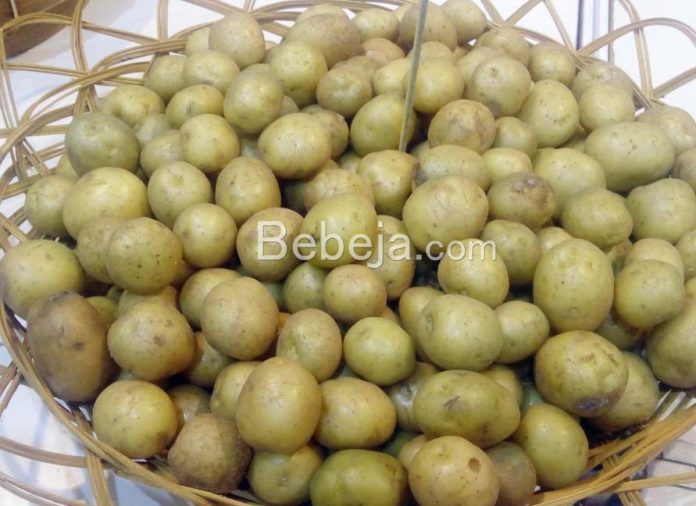Aeroponic potato production is a relatively new technology in Indonesia. This method relies on soil less cultivation, with the root system hanging in the air (aero).
While it is commonly used for various leaf vegetables, its application to tuber vegetables such as potatoes is still limited. It provides several advantages, including the production of high quality seed potato tubers and freedom from pests and diseases. However, there are also challenges to be addressed, such as the need for precise control of environmental factors and the high initial investment required.
While the conventional method of using planting media typically yields only 5-7 tubers per plant, aeroponic potato production can increase productivity by up to three times.
Aeroponic potato production can be carried out in lowland areas with special treatment of the root system. Until now, it has been limited to highland areas with low temperatures due to the rate of tuber formation. The temperature in the potato root area should be maintained at 15-18°C. Higher temperatures lead to lower rates of photosynthesis and translocation of assimilates to the tuber, which disrupts tuber formation.
To cultivate aeroponic potatoes, a greenhouse is required. For a population of 2,000 plants and a greenhouse area of approximately 60 square meters, the cost is around IDR55 million for two production periods. Each harvest yields an income of more than IDR30 million with the production of 12-14 G0 seeds per plant, priced at IDR2,000 per tuber.
G0 potatoes have a broad market because potato growers require quality seeds. Farmers face difficulties in obtaining quality seeds, which negatively impacts production. Potato yields from using unqualified seeds are typically around 15-17 tons/hectare, which falls short of the ideal production of 25-30 tons/ha. As a result, the demand for seed potato imports remains high, with approximately 300,000 tons/year imported from countries like Germany and Australia.
